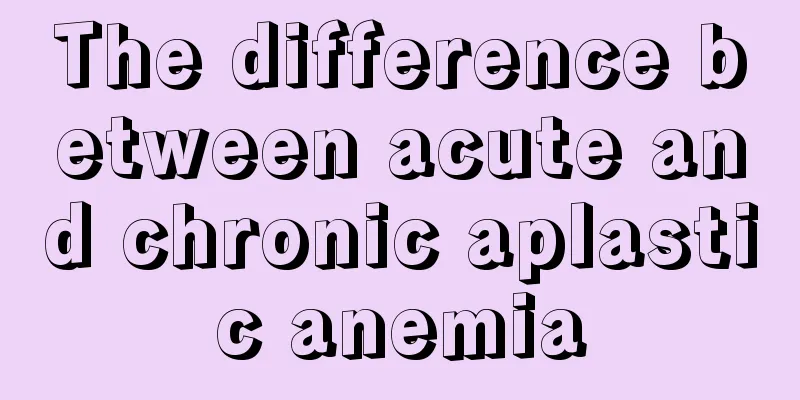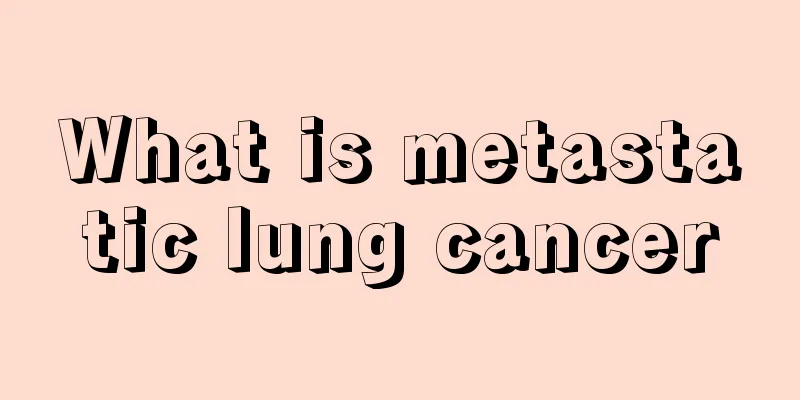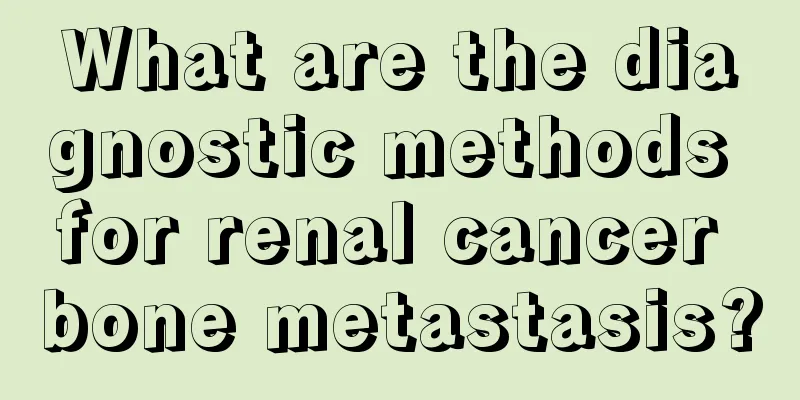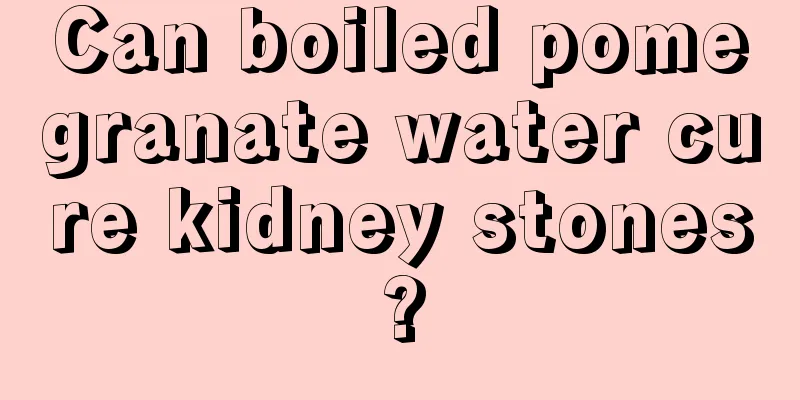The difference between acute and chronic aplastic anemia

|
Perhaps few people have heard of aplastic anemia, a disease caused by multiple causes, usually drug effects, which leads to bone marrow hematopoietic dysfunction. Its peak incidence is in young people and the elderly over 60 years old. Depending on the severity and symptoms of aplastic anemia, we can divide it into acute and chronic. Now let me tell you the difference between acute and chronic aplastic anemia. 1. Symptoms of acute aplastic anemia. Acute aplastic anemia has an acute onset and progresses rapidly, with bleeding and infectious fever often being the first and main manifestations. Anemia is often not obvious at the beginning of the disease, but it becomes progressive as the disease progresses. Almost all of them have a bleeding tendency, and more than 60% have internal bleeding, mainly manifested as gastrointestinal bleeding, hematuria, fundus hemorrhage (often accompanied by visual impairment) and intracranial hemorrhage. Bleeding from the skin and mucous membranes is extensive, severe, and difficult to control. Fever is almost always present during the course of the disease, which is caused by infection. Necrotic ulcers often occur in the oropharynx and around the anus, leading to sepsis. Pneumonia is also common. Infection and bleeding are mutually causal, causing the condition to worsen day by day. If only general treatment is used, most patients will die within a year. 2. Symptoms of chronic aplastic anemia. Chronic aplastic anemia has a slow onset, with bleeding as the first and main manifestation; bleeding is mostly limited to the skin and mucous membranes and is not serious; infection may occur, but it is often mainly in the respiratory tract and is easy to control. The main symptom is anemia. Bleeding is mostly limited to the external skin and is not serious. However, if bleeding is not stopped in time, infection may occur. If the treatment is appropriate and persistent, many patients can achieve long-term relief or even recovery, but some patients will suffer from the disease for many years or even for decades. A few will develop clinical manifestations of acute aplastic anemia in the later stages, which is called acute phase of chronic aplastic anemia. I believe that after reading the above, everyone has some understanding of the difference between acute and chronic aplastic anemia. Chronic aplastic anemia can be cured through gradual treatment, but acute aplastic anemia is difficult to treat once it occurs because of its sudden onset and severity. Therefore, once we find that we have aplastic anemia, we must seek timely treatment. |
<<: What are the methods for treating cystitis
>>: What are the methods for treating sciatica
Recommend
What should I do if my face is scratched by a child?
It is inevitable that children will encounter bum...
Diet for patients with liver cancer after surgery
The diet of liver cancer patients is very importa...
There are white lumps inside the hairtail
The white lumps in hairtail are mainly caused by ...
Early endometrial cancer recurrence rate
Endometrial cancer can be divided into 5 stages a...
Surgical incision scar
In our daily lives, we often get some minor illne...
The difference between an air fryer and an oven
Many homes have air fryers and ovens, but people ...
Are the leaves of green radish poisonous
As our living standards improve and people become...
Are the ovaries ovulating alternately?
As we all know, women have two ovaries, one on th...
Hazards of water-based nail polish
Female friends should all like to apply nail poli...
What are the symptoms of advanced lung cancer? There are 4 symptoms of advanced lung cancer
Although life is better now than before, more and...
Who is not suitable to drink goat milk
When talking about goat milk, most people may fir...
What is the reason for sweating a lot in the middle of the night
Most people believe that sweating has the effect ...
Ovarian cancer may also cause oligomenorrhea or amenorrhea in the early stages
In the early stages of ovarian cancer, there may ...
There is a small bubble on the eyeball
Eyes are an important part of our facial features...
What to do if muscles swell and ache
Muscles are unique components of the human body a...









